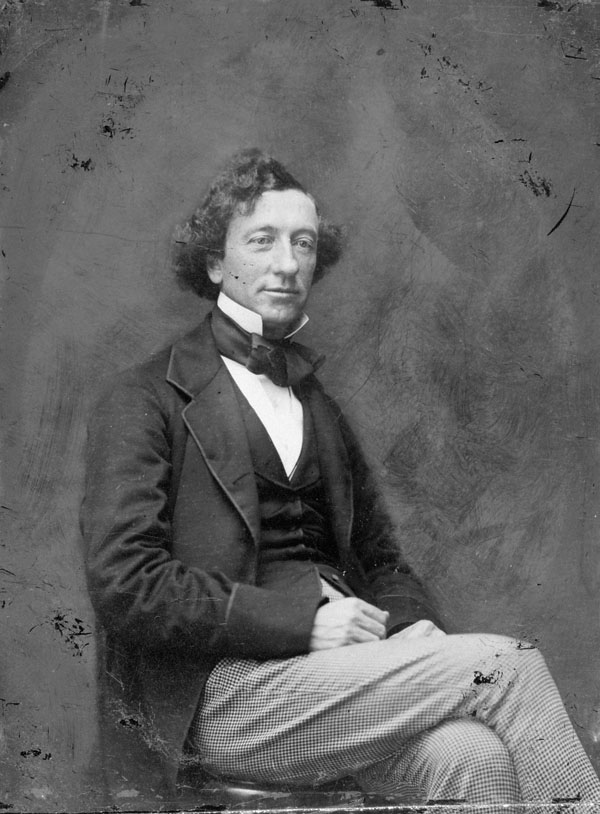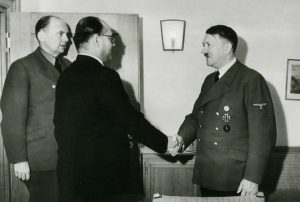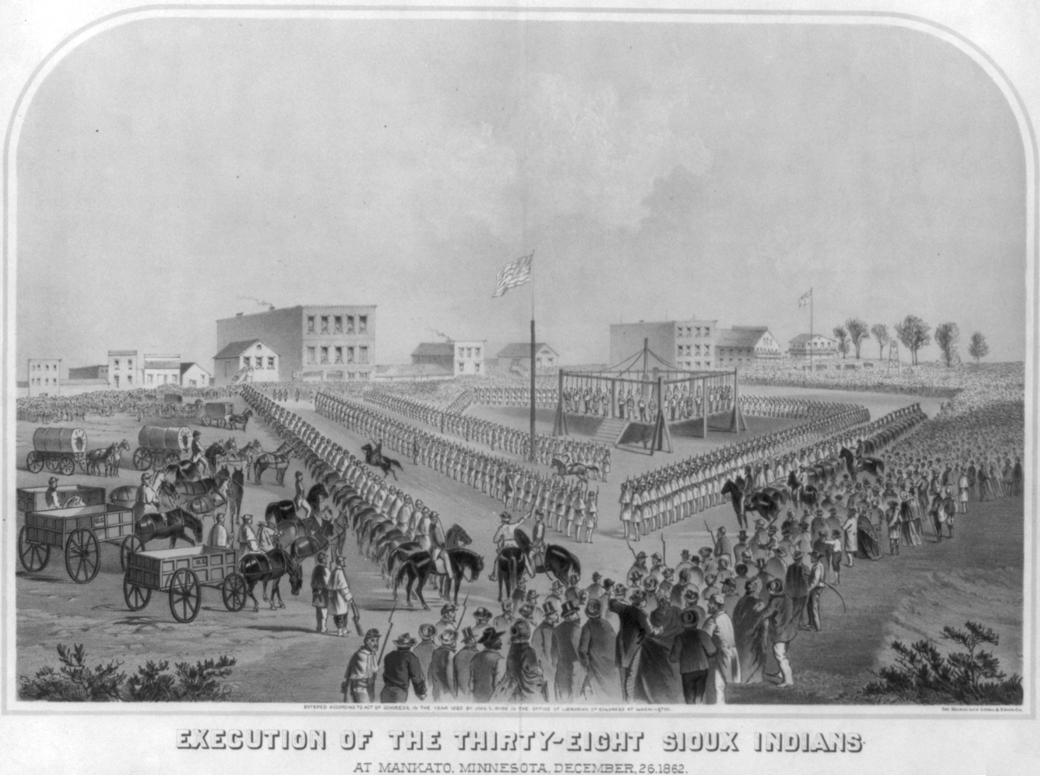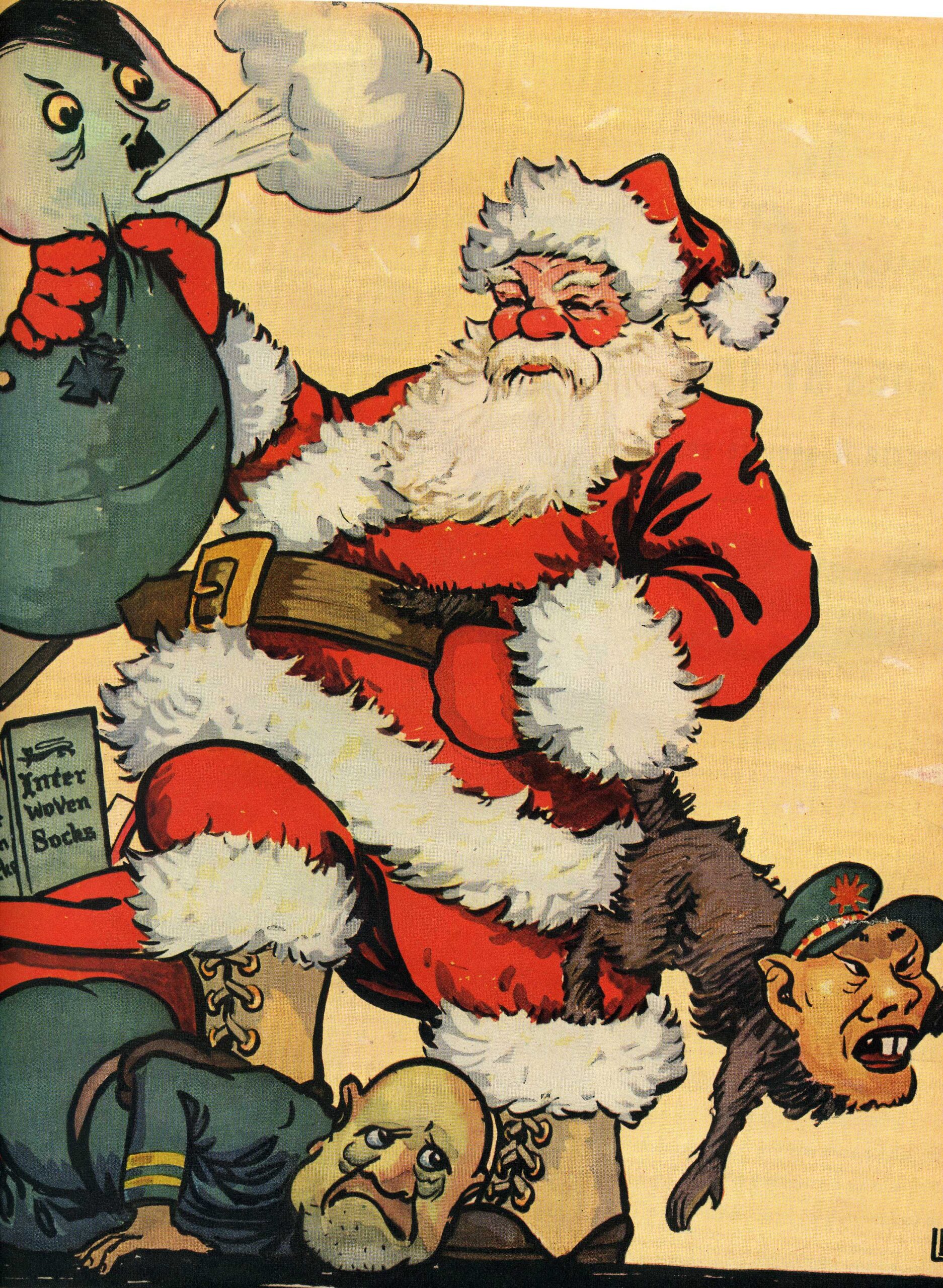1643 Death of an Anglican Scholar
Dr John Boyse (also spelled Bois or Boys) was born in 1560 and was given an intensive education as a child — by the age of 5 he could read the Hebrew Bible. He intended to become a physician but found that studying medicine brought on bouts of hypochondria so he switched to a career in the Church of England.
Boyse’s scholarship in Greek was so highly regarded that he was named as one of the translators whose job it was to produce a new English Bible, the one that became the Authorized (or King James) Version. He was responsible for the books of the Apocrypha as well as assisting in other Old Testament passages. Boyse was also acclaimed for his translations of the writings of St John Chrysostom.
A 19th-century biographer said of him:
Boyse lived to eighty-two, though generally engaged eight hours a day in study. He seems to have been wise before his time as to the management of his physical system under intellectual labour, and his practice may even yet be described with advantage. He made but two meals, dinner and supper; betwixt which he never so much as drank, unless, upon trouble of flatulency, some small quantity of aqua-vitae and sugar. After meat he was careful, almost to curiosity, in picking and rubbing his teeth; esteeming that a special preservative of health; by which means he carried to his grave almost a Hebrew alphabet of teeth [twenty-two]. When that was done, he used to sit or walk an hour or more, to digest his meat, before he would go to his study. . . . He would never study at all, in later years, between supper and bed; which time, two hours at least, he would spend with his friends in discourse, hearing and telling harmless, delightful stories, whereof he was exceedingly full. . . . The posture of his body in studying was always standing, except when for ease he went upon his knees. No modern physiologist could give a better set of rules than these for a studious life, excepting as far as absence of all reference to active exercise is concerned.
In fact, Boyse was fond of walking, and was noted for never standing by a window, or going to bed with cold feet.

















